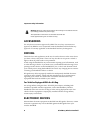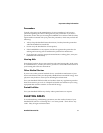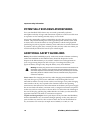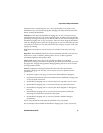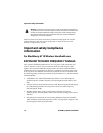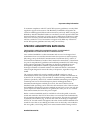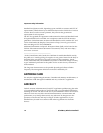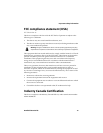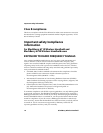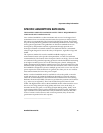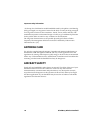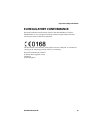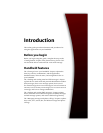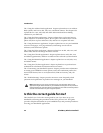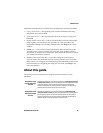Important safety information
16 BlackBerry Wireless Handheld
Class B compliance
This device complies with the Class B limits for radio noise emissions as set out in
the interference-causing equipment standard entitled “Digital Apparatus,” ICES-
003 of Industry Canada.
Important safety/compliance
information
For BlackBerry 6710 Wireless Handheld and
BlackBerry 6720 Wireless Handheld users
EXPOSURE TO RADIO FREQUENCY SIGNALS
Your wireless handheld portable device is a low power radio transmitter and
receiver. When it is ON, it receives and also transmits radio frequency (RF)
signals. Your wireless handheld complies with European Union (EU) guidelines
respecting safety levels of RF exposure for handheld wireless devices, which in
turn are consistent with the following safety standards and guidelines previously
set by international standards bodies:
• EN 50360, 2001, Product standard to demonstrate the compliance of mobile
phones with the basic restrictions related to human exposure to
electromagnetic fields (300 MHz - 3 GHz)
• International Commission on Non-Ionising Radiation Protection (ICNIRP)
1998, Guidelines for limiting exposure to time-varying electric, magnetic, and
electromagnetic fields (up to 300 GHz)
• Official Journal of the European Union, 1999, Council Recommendation of 12
July 1999 on the limitation of exposure of the general public to
electromagnetic fields (0 Hz to 300 GHz)
To maintain compliance with EU RF exposure guidelines, use only RIM-supplied
or approved accessories. The BlackBerry handheld is designed to be carried in a
RIM-approved holster when carried on your body. When carrying the BlackBerry
Wireless Handheld while it is switched on, use the specific holster that has been
tested for compliance. If you do not use a RIM-approved holster or other body-
worn accessory, ensure that the handheld is at least 7mm from your body when it
is turned on. Use of accessories not approved by RIM may violate EU RF
exposure guidelines and may void your warranty.



